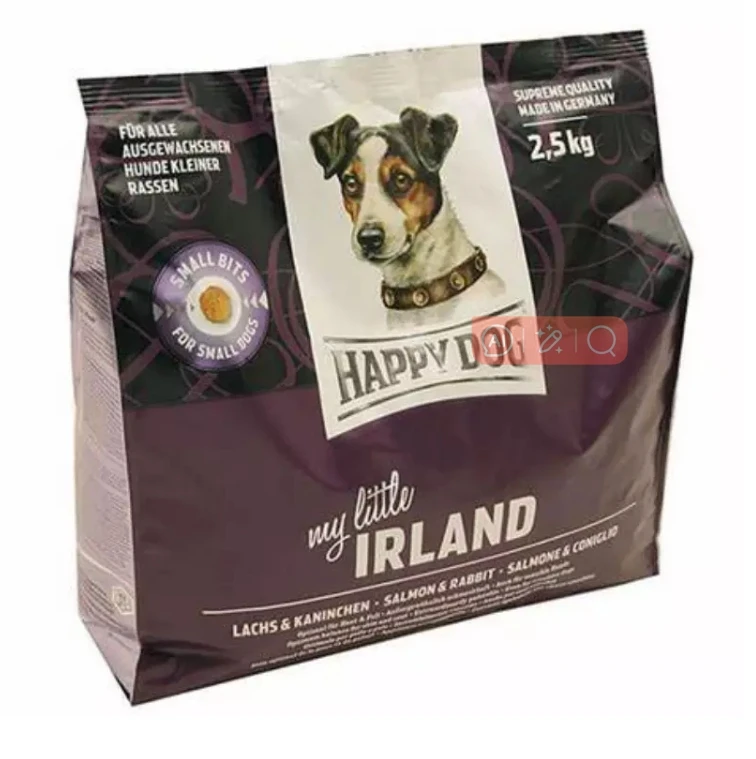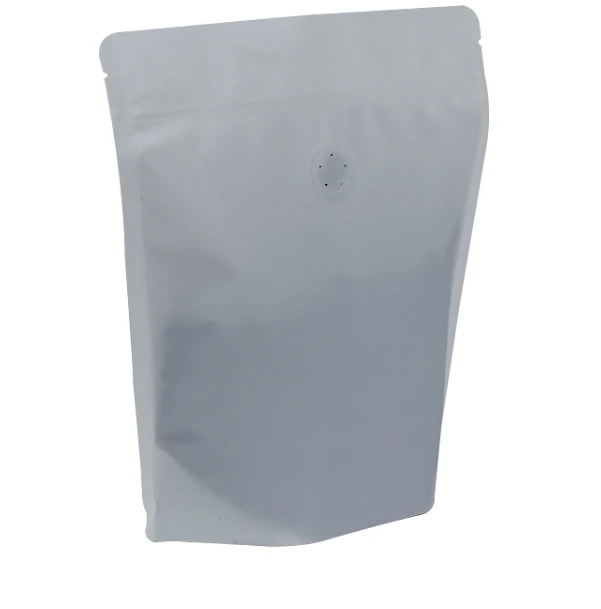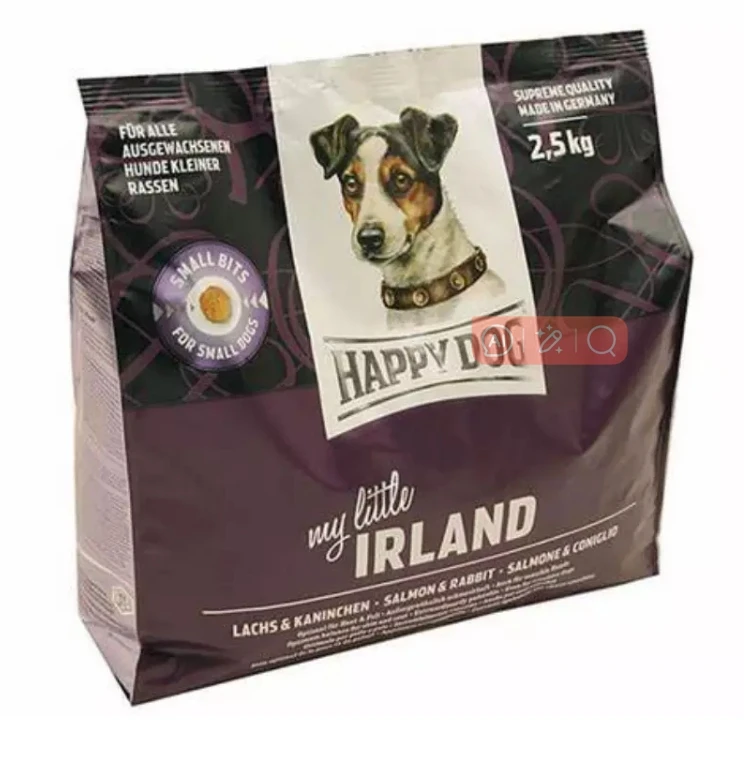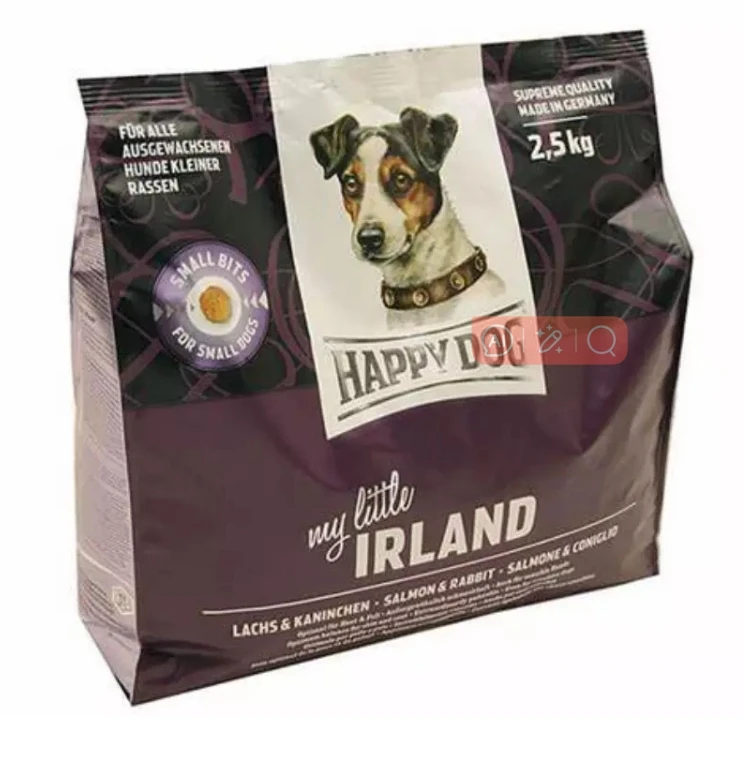- Afrikaans
- Albanian
- Amharic
- Arabic
- Armenian
- Azerbaijani
- Basque
- Belarusian
- Bengali
- Bosnian
- Bulgarian
- Catalan
- Cebuano
- chinese_simplified
- chinese_traditional
- Corsican
- Croatian
- Czech
- Danish
- Dutch
- English
- Esperanto
- Estonian
- Finnish
- French
- Frisian
- Galician
- Georgian
- German
- Greek
- Gujarati
- haitian_creole
- hausa
- hawaiian
- Hebrew
- Hindi
- Miao
- Hungarian
- Icelandic
- igbo
- Indonesian
- irish
- Italian
- Japanese
- Javanese
- Kannada
- kazakh
- Khmer
- Rwandese
- Korean
- Kurdish
- Kyrgyz
- Lao
- Latin
- Latvian
- Lithuanian
- Luxembourgish
- Macedonian
- Malgashi
- Malay
- Malayalam
- Maltese
- Maori
- Marathi
- Mongolian
- Myanmar
- Nepali
- Norwegian
- Norwegian
- Occitan
- Pashto
- Persian
- Polish
- Portuguese
- Punjabi
- Romanian
- Russian
- Samoan
- scottish-gaelic
- Serbian
- Sesotho
- Shona
- Sindhi
- Sinhala
- Slovak
- Slovenian
- Somali
- Spanish
- Sundanese
- Swahili
- Swedish
- Tagalog
- Tajik
- Tamil
- Tatar
- Telugu
- Thai
- Turkish
- Turkmen
- Ukrainian
- Urdu
- Uighur
- Uzbek
- Vietnamese
- Welsh
- Bantu
- Yiddish
- Yoruba
- Zulu
what is the most sustainable packaging material
What is the Most Sustainable Packaging Material?
Packaging plays a crucial role in the distribution and protection of products, but it also has significant environmental implications. With growing concerns about waste and sustainability, businesses and consumers alike are becoming more conscious of the materials they use for packaging. The question arises what is the most sustainable packaging material?
To determine the most sustainable packaging material, we must consider several factors, including the source of the material, its biodegradability, recyclability, and the environmental impact of its production and disposal.
1. Paper and Cardboard
Paper and cardboard are among the most widely used packaging materials, popular for their biodegradability and recyclability. These materials are derived from trees, which are renewable resources, ideally sourced from sustainably managed forests. When properly recycled, paper and cardboard can be transformed into new products, reducing the overall demand for raw materials. Unlike plastics, paper degrades naturally in the environment, returning nutrients to the soil.
However, the sustainability of paper and cardboard depends significantly on their production methods. The process can involve water-intensive practices and significant energy consumption. Moreover, the use of harmful chemicals during the bleaching process can negatively affect ecosystems. Therefore, choosing paper products that are certified as sustainable, like those bearing the Forest Stewardship Council (FSC) label, is vital.
2. Glass
Glass packaging is considered one of the most sustainable options available. It is made from abundant natural resources—silica, soda ash, and limestone—and is completely recyclable without losing quality. Glass can be reused multiple times, and the recycling process requires significantly less energy than the production of new glass. This material is inert, meaning it does not leach harmful chemicals into its contents, making it a safe option for food and beverages.
However, the main downside to glass is its weight, which can increase transportation emissions when shipping products. Furthermore, the production of glass involves high energy consumption during melting and forming processes. While glass is highly recyclable, a significant percentage of glass packaging still ends up in landfills, highlighting the need for improved recycling facilities and processes.
3. Plastics
what is the most sustainable packaging material

When discussing sustainable packaging, plastics often receive a bad reputation due to their environmental impact. Traditional plastics, derived from petrochemical sources, can take hundreds of years to decompose and contribute significantly to global pollution. Nonetheless, not all plastics are created equal.
Bioplastics, made from renewable resources like corn starch or sugarcane, offer a more sustainable alternative. They can be biodegradable or compostable, depending on their composition, and can help reduce reliance on fossil fuels. However, the production of bioplastics can also require significant amounts of land, water, and energy, potentially offsetting some of their environmental benefits.
Another emerging solution is the development of recycled plastics. Using post-consumer recycled plastics considerably cuts down on new plastic production, minimizing energy use and greenhouse gas emissions. Efforts to enhance the recyclability of plastics and promote a circular economy are crucial in making these materials more sustainable.
4. Metal
Metal packaging, particularly aluminum and steel, is another sustainable option. These materials are incredibly durable and can withstand multiple recycling processes without degrading. The energy required to recycle metal is significantly lower than that needed for producing new metal from raw materials.
Aluminum cans, for example, are often recycled into new cans within a short period. However, raw metal mining can be resource-intensive and environmentally damaging, making it essential to prioritize recycling to minimize the impact.
Conclusion
The quest for the most sustainable packaging material is complex, with various materials offering unique advantages and challenges. Generally, paper and cardboard, glass, metals, and bioplastics each have their sustainability merits depending on how they are sourced, produced, and disposed of. To choose the most sustainable option, consumers and businesses must consider the entire lifecycle of packaging materials.
Ultimately, a combination of materials and practices may yield the best results. By adopting a circular economy approach, enhancing recycling capabilities, and supporting sustainable sourcing practices, we can significantly reduce the environmental impact of packaging. As awareness grows, the movement towards more sustainable packaging solutions will undoubtedly continue to evolve, paving the way for a healthier planet.













